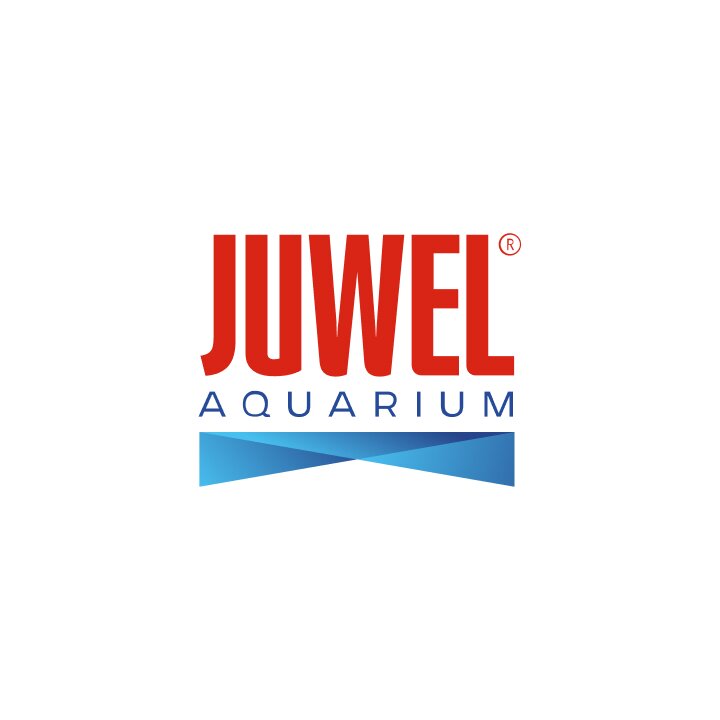Thank you!OK, things are becoming clearer with the information. First on the light, the Kelvin which is the "colour temperature" of light (nothing to do with heat/cold) is given as 9000K/6500K. The 6500K is perfect, the 9000K is not and probably your main issue with the problem algae. The Kelvin number indicates the spectrum wavelengths of light; "warm" light has more red and less blue, while "cool" light has more blue and less red. A 6500K is very close to the sun, so not surprising it is good light for aquatic plants. The 9000K is very "cool" and this much blue without much red to balance will feed algae. I had this play out several years ago when I was trying different tubes over tanks. When I got rid of the 10000K tube, problem algae decreased substantially.
So the first question is, can you reduce the 9000K light and leave just the 6500K? White light at 6500K is good. Any blue diodes will only add to the problem.
Second on the plants dying...are you using any fertilizers? And how long is the light on each day? Having good light is fine, but without food the plants will not thrive but again algae will.
Third, the nitrates. I assume there are no nitrates in the source (tap) water, in which case all are occurring from the biological system. I previously set out factors to correct. A more substantial (volume) water change and good vacuum of the substrate should help reduce these, and less food for the fish. Mollies are gluttons and will always seem hungry. Feed sparingly, each of them only needs one or two small flakes at a feeding, and fasting them (and the other fish obviously) one, two or even three days will not hurt.
So the light - yes I will try that
I do regular huge water changes but will vacuum the substrate more. I had worried I was maybe cleaning it too much and so will put that back into a twice weekly routine.
In terms of feeding - I typically put in a decent pinch of flakes for the mollies and guppies in addition to the bottom feeder food. I will cut that right back as this sounds like it could be a big cause.
So removing the bulb, reducing amount of food, reducing the morning sunlight, and improving substrate maintenance I might have some wins.. I will let you know how I get on…
Should I cut off all the leaves and stalks affected by the algae or leave them to right themselves? Also I could clean it off the stones etc too or just leave it and hope it dies off…
(Edit- didn’t answer your question re plants - I have been reducing light to 6 hours a day due to the algae, and I use Flourish Comprehensive the weekly dosage written on the bottle.)


